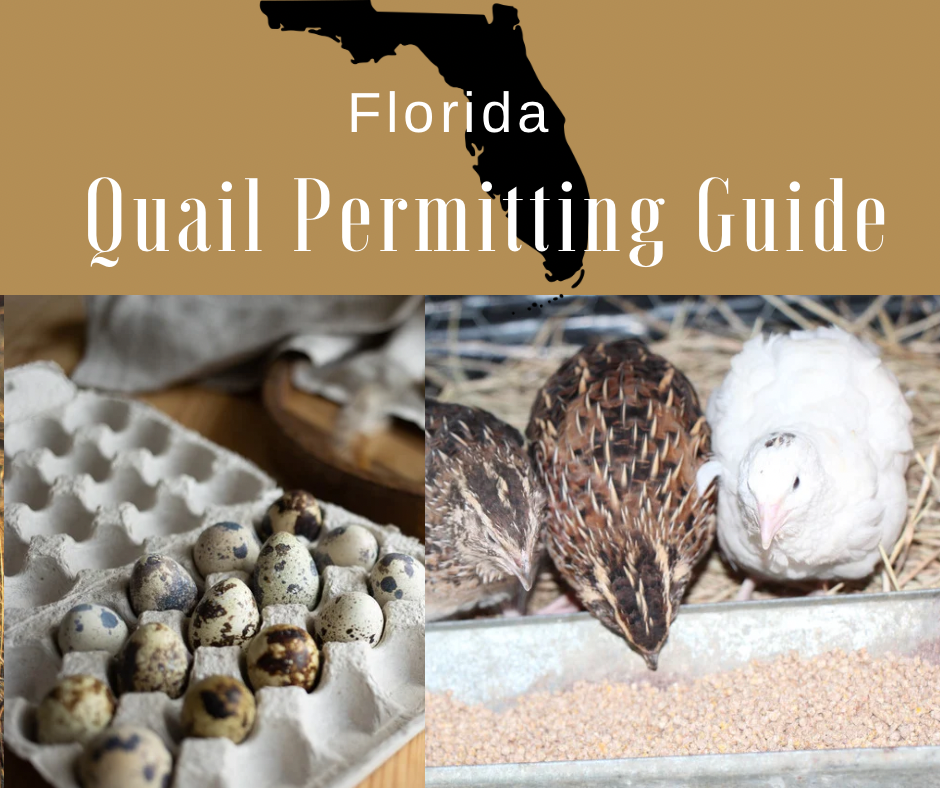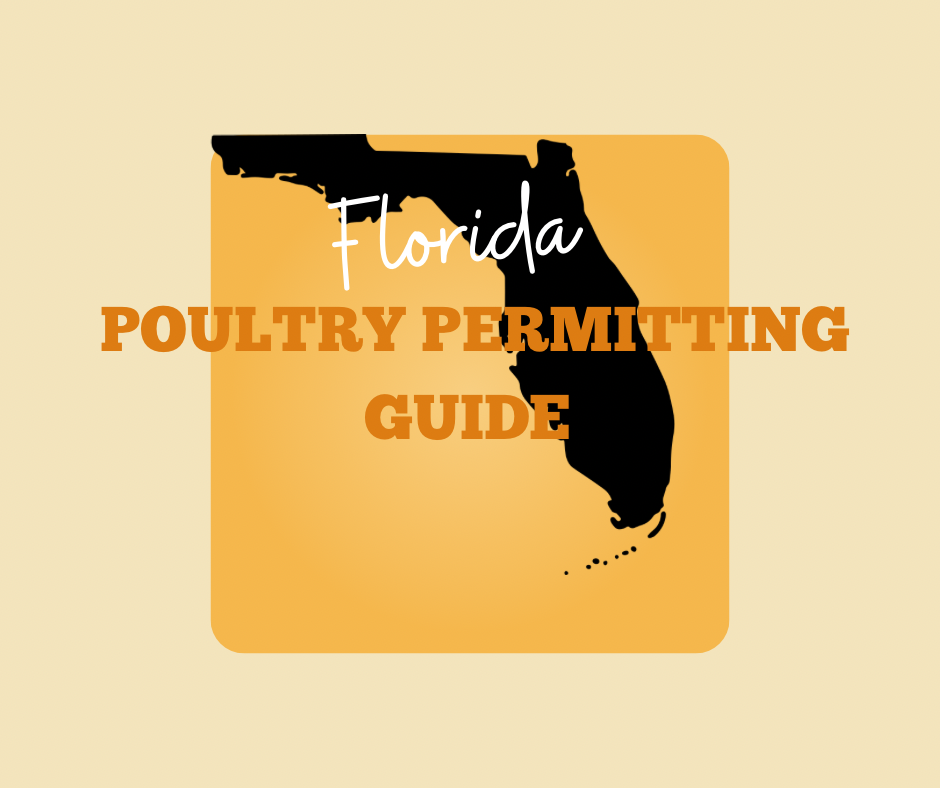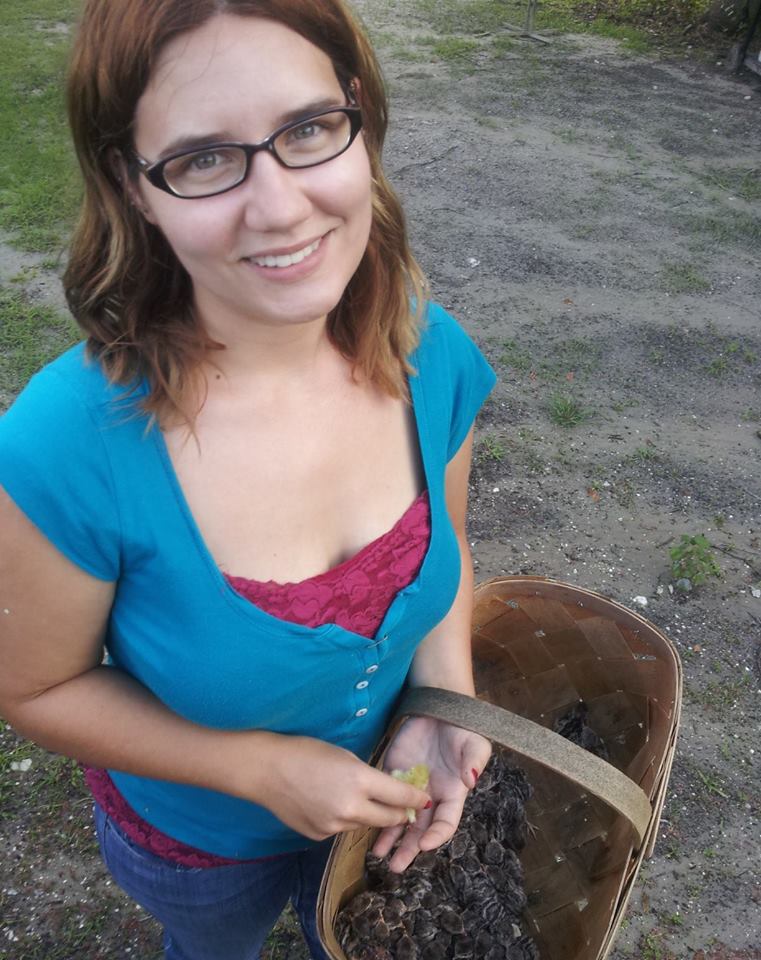Coturnix quail are not only valued for their egg and meat production but also for the wide variety of colors and patterns they can display. Breeding quail for specific colors and quality traits involves understanding the basics of quail genetics and applying selective breeding techniques. Whether you’re aiming for a particular feather color, pattern, or overall quail quality, this article will guide you through the process of breeding Coturnix quail for color and quality.
Understanding Quail Genetics
Basic Genetics
- Genes and Alleles- The color and pattern of quail feathers are determined by their genes, which come in pairs called alleles. Each parent contributes one allele to their offspring. These alleles can be dominant or recessive, and the combination of these alleles will determine the bird’s appearance.
- Dominant vs. Recessive Traits- Dominant traits only need one copy of the allele to be expressed, while recessive traits require two copies (one from each parent). For example, if a quail inherits a dominant allele for brown feathering and a recessive allele for white feathering, the quail will display the brown color because it is dominant.
Common Quail Color Variants
Wild-Type (Pharaoh)
The wild-type or Pharaoh coloring is the most common and naturally occurring color in Coturnix quail. These quail have a speckled brown and tan pattern that provides excellent camouflage in the wild.
Italian (Golden)
Italian quail have a golden-yellow base color with darker brown or black markings. This color variant is the result of selective breeding and is one of the most popular among quail enthusiasts.
White
White quail are pure white or have very few markings, often resulting from a recessive gene. This color variant can appear in different strains, such as English White or Jumbo White.
Tuxedo
Tuxedo quail have a distinct pattern with white and dark-colored feathers, typically black or brown, giving them the appearance of wearing a tuxedo. This pattern is the result of crossing white quail with darker-colored birds.
Rosetta
Rosetta quail display a dark reddish-brown color with darker or black markings, often with a subtle pattern that can vary between individuals.
Range
Range quail have a more muted, almost grayish-brown coloration, with less pronounced markings than the wild-type. Some examples of Range are the Tibetan and Red Range.
Selective Breeding for Specific Colors
Setting Breeding Goals
Before you start breeding for specific colors, identify the traits you want to achieve. Are you aiming for a particular color, pattern, or combination of both? Clear breeding goals will guide your selection process.
Choose breeding stock that already display the desired traits. If you want to breed for a specific color, select birds that strongly exhibit that color and have a history of producing offspring with similar traits.
Understanding Inheritance Patterns
If the color you desire is controlled by a dominant gene, you can achieve this trait more easily in the first generation. For example, breeding two quail with a dominant color will typically result in offspring that all display that color.
Breeding for recessive traits requires more planning. To express a recessive color, both parents must carry the recessive gene. For example, to produce white quail (a recessive trait), both parents must either be white or carry the white allele.
Line Breeding and Outcrossing
Line breeding involves breeding related quail, such as siblings or parents to offspring, to reinforce specific traits in a bloodline. This method can help fix desired traits in the offspring, but it also increases the risk of inbreeding depression, which can lead to reduced fertility, health issues, and weaker birds.
Outcrossing involves breeding quail from different bloodlines or introducing new genetic material into your flock. This technique is used to increase genetic diversity, improve overall health, and introduce new traits. For example, you might outcross to introduce a new color variant or to improve the vigor of your covey.
Breeding for Quality
Physical Health and Vigor
When breeding for quality, prioritize the overall health and vigor of your quail. Choose breeding pairs that are free from genetic defects, have strong immune systems, and exhibit good fertility and hatch rates. Avoid breeding quail with known health issues, as this can pass undesirable traits to the offspring.
Egg Production
If you’re breeding quail for egg production, select hens that lay consistently and produce well-formed, large eggs. Keep records of your covey’s laying performance to identify the best producers.
Eggshell quality is also important. Thin or brittle shells can be a sign of nutritional deficiencies or genetic issues. Breeding hens that consistently lay strong, thick-shelled eggs can improve the overall quality of your covey.
Meat Production
For those breeding quail for meat, focus on birds that grow quickly and reach a good weight. Select breeding pairs that produce large, well-muscled offspring.
Consider the feed-to-weight conversion ratio of your quail. Birds that grow well on less feed are more efficient and cost-effective to raise. Track the growth rates and feed consumption of your flock to identify the best performers.
Maintaining Genetic Diversity
Avoiding Inbreeding
- Rotate Breeders- To maintain genetic diversity and avoid the negative effects of inbreeding, regularly introduce new bloodlines into your flock. This can be done by purchasing new breeding stock or swapping birds with other breeders.
- Keep Detailed Records- Maintain thorough breeding records, including information on the parentage, traits, and performance of each bird. This will help you make informed decisions about which quail to breed and avoid accidentally inbreeding closely related birds.
Use of Genetic Tools
Utilize color charts and genetic prediction tools to help you plan your breeding strategy. These resources can assist in predicting the outcomes of different breeding pairs, especially when working with complex traits like color patterns.
Documenting and Evaluating Progress
Record Keeping
- Detailed Logs-Keep detailed records of each breeding attempt, including the colors, patterns, and traits of the parent birds, as well as the results in the offspring. Note any unexpected outcomes, as these can provide valuable insights into the genetics of your covey.
- Photographic Records- Take photographs of your quail to document color and pattern changes over generations. This visual record can be invaluable in tracking the progress of your breeding program and ensuring consistency in your results.
Evaluating Outcomes
Regularly assess the results of your breeding efforts. Are you achieving the desired traits consistently? Are there any unexpected or undesirable traits emerging? Use this information to refine your breeding strategy and make adjustments as needed.
Engage with other quail breeders to share your results and get feedback. This can provide new insights and help you overcome challenges in your breeding program.
Breeding Coturnix quail for color and quality is both an art and a science. By understanding the genetics behind quail coloring and applying selective breeding techniques, you can achieve specific traits and improve the overall quality of your covey. Whether you’re breeding for vibrant colors, high egg production, or superior meat quality, careful planning, record keeping, and a focus on genetic diversity are key to success. With patience and attention to detail, you can develop a covey of quail that not only meets your goals but also contributes to the preservation and enhancement of this fascinating species.








